Desert Ridge Walks: Navigating Off-Trail Safely With Landmarks Only
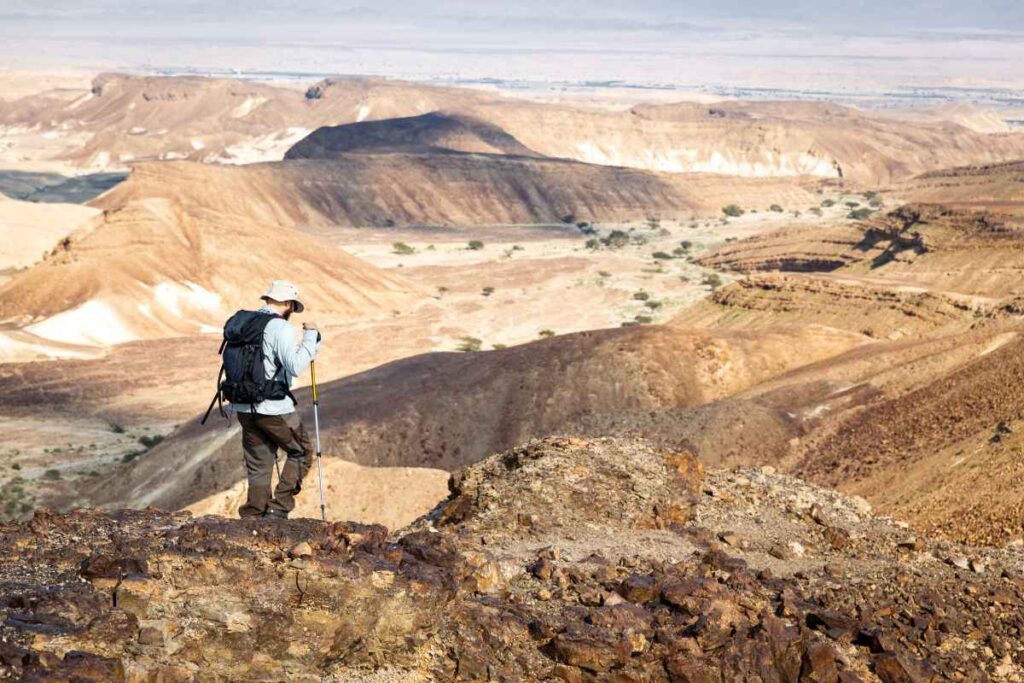
Walking a desert ridgeline without a GPS or marked trail can feel both liberating and intimidating. The horizon is vast, the ground is open, and features seem to repeat.
Yet with a calm approach and a handful of reliable techniques, you can move confidently using landmarks alone. This guide keeps the tone friendly and practical while showing how to plan, move, and return safely—relying on what you can see and remember.
The Mindset: Slow Is Smooth, Smooth Is Safe
Successful off-trail navigation begins with attitude. Go at a pace that lets you notice details, not just the big skyline. Pause often to lock in your surroundings. Treat every stop as a chance to update your plan. In the desert, concentration beats speed.
Choose Landmarks You Can’t Miss
Not all features are equal. Favor bold, simple shapes that won’t vanish with a small change in angle, such as:
- Long ridges and spurs (wide, obvious “lines” in the terrain)
- Distinct summits and buttes with unique profiles
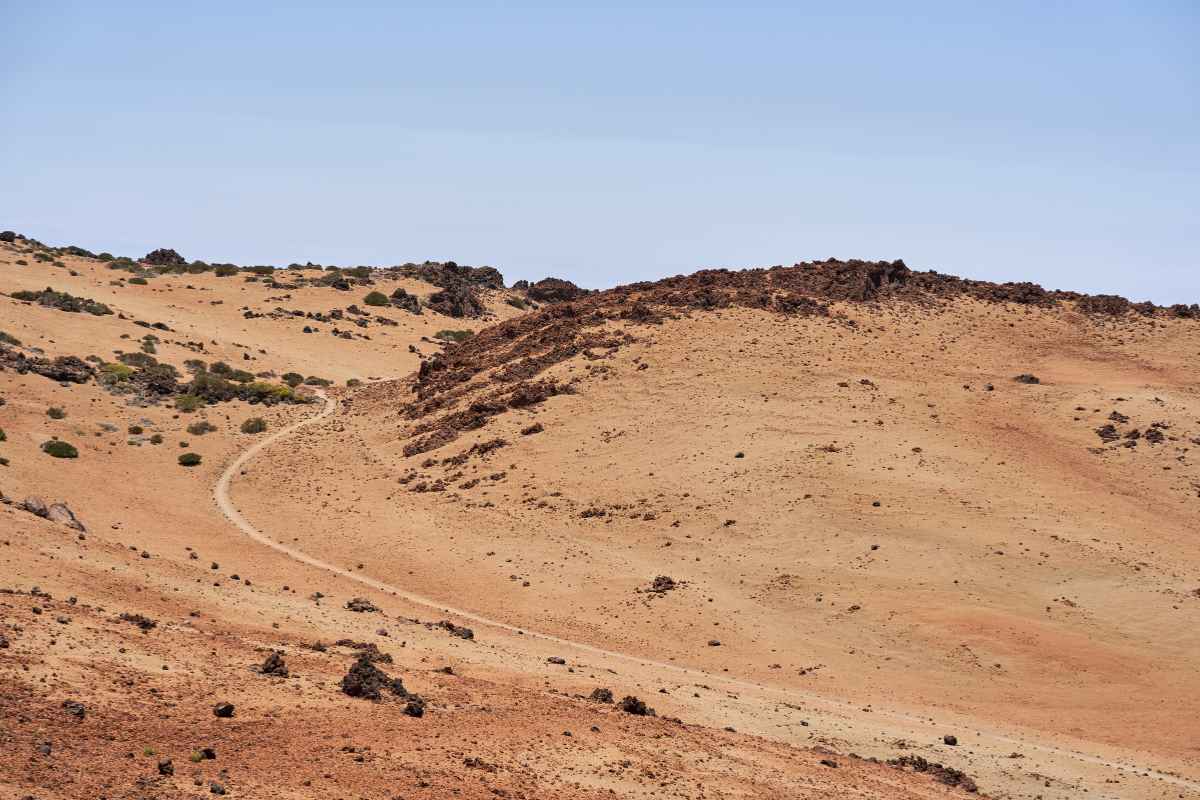
- Color breaks like light talus against dark cliffs
- Dry washes and arroyo junctions with unmistakable bends
- Human-made features visible from afar: towers, fences, trailheads, windmills
Avoid depending on tiny boulders, isolated shrubs, or subtle dips—those can mislead you. A good landmark is unmistakable from multiple perspectives and remains visible across your intended route.
Plan a Simple Story You Can Repeat
Before you step off, build a short, repeatable script: “Up the west spur to the saddle under the dark knoll, across the flat bench to the Y-shaped wash, then follow the ridgeline to the high point.”
Keep it to three to five beats you can say from memory. If a step feels murky, you need a bigger landmark or an intermediate “checkpoint” that is easy to recognize.
Use Terrain Like Rails, Backstops, and Exit Ramps
Three terrain concepts make landmark navigation nearly foolproof:
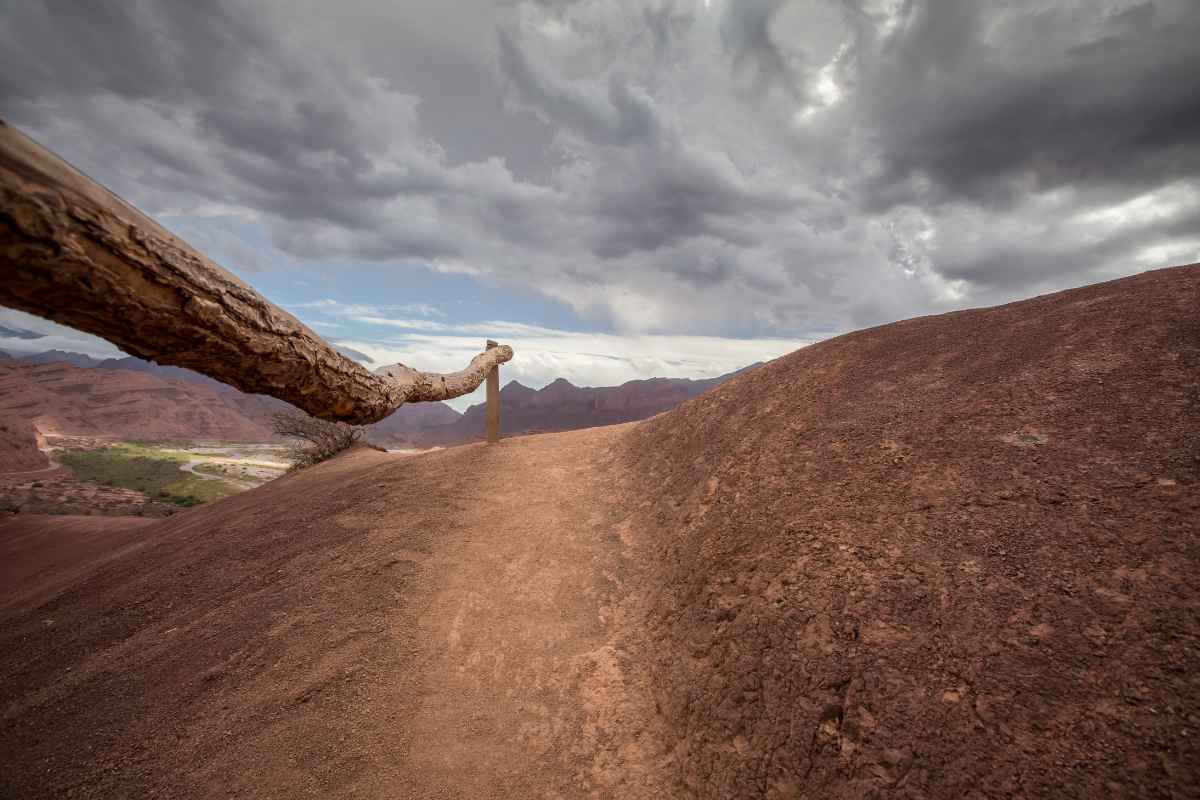
- Handrails: Linear features that run alongside your route—ridgecrests, washes, cliffs, or fence lines. Travel near them so they “rail” you in the right direction.
- Backstops (Catchlines): A feature you cannot pass without noticing—a cliff band, a major wash, or a broad saddle. If you hit it, you know you went far enough (or too far).
- Attack Points: A large, obvious feature near your precise target. Navigate to the attack point first, then make a short, careful approach to something smaller.
These three ideas lower stress because you’re rarely “free-floating.” The land itself is guiding, stopping, and funneling you.
Read the Ridge Like a Highway
Ridges have “lanes” and “exits”:
- The crest is your main lane—windy but straightforward and highly visible.
- Spurs are side roads branching off; note their angles and lengths from your start.
- Saddles are low points where you can cross or change direction; many routes hinge on “saddle to saddle” travel.
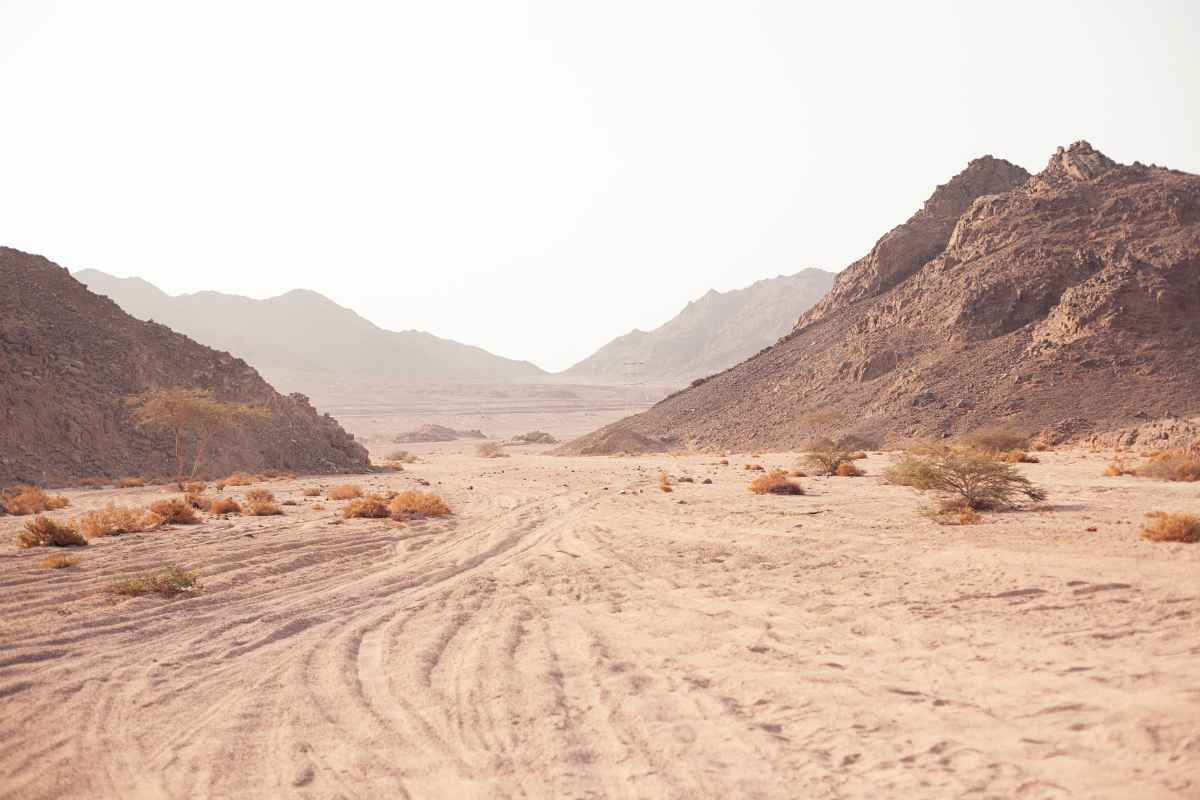
As you move, keep asking: “Am I on the main lane or a spur?” If the ridge begins splitting, choose the branch that preserves your intended alignment with distant landmarks you picked earlier.
Build a Living Panorama
Every few minutes, stop for ten seconds and collect the skyline:
- Pick a far landmark and memorize its relation to a near anchor (e.g., “Tall butte sits just left of the lone juniper on the crest”).
- Turn 90 degrees and choose a secondary escape feature (a road cut, a wide wash).
- Turn again and identify your back-trail signature—something you’ll recognize on the way out.
These quick pauses turn the landscape into a mental map that updates as you go. If the scene stops matching your story, you’ll catch it early.
Practical Techniques That Work Without a Compass
Even if you carry a compass (you should), practice these vision-first skills so you’re not dependent on tools:

- Aiming Off: When targeting a linear feature (like a wash), intentionally aim a little upstream or downstream. You’ll know which way to turn when you hit it, instead of guessing.
- Ticking Off: Identify small-but-reliable features you expect to pass in sequence—mini saddles, boulder fields, color bands. As each ticks by, your confidence grows.
- Boxing Around Obstacles: If cliffs or cactus thickets block you, detour while keeping a far landmark fixed in the same relative spot in your field of view, then realign on the other side.
- Leapfrogging: With a partner, one person walks to a visible micro-landmark (like a distinctive rock on the crest) while the other watches alignment with the distant objective. Switch roles and repeat.
Sun, Shadows, and Time of Day
In the desert, the sun is a powerful ally. Note where it sits at your start (morning east, afternoon west) and how your shadow points.
Use it as a soft check against drift. As the day advances, expect the light to flatten some features and emphasize others. If you’re returning in the evening, plan to follow silhouetted ridgelines rather than faint benches that vanish at dusk.
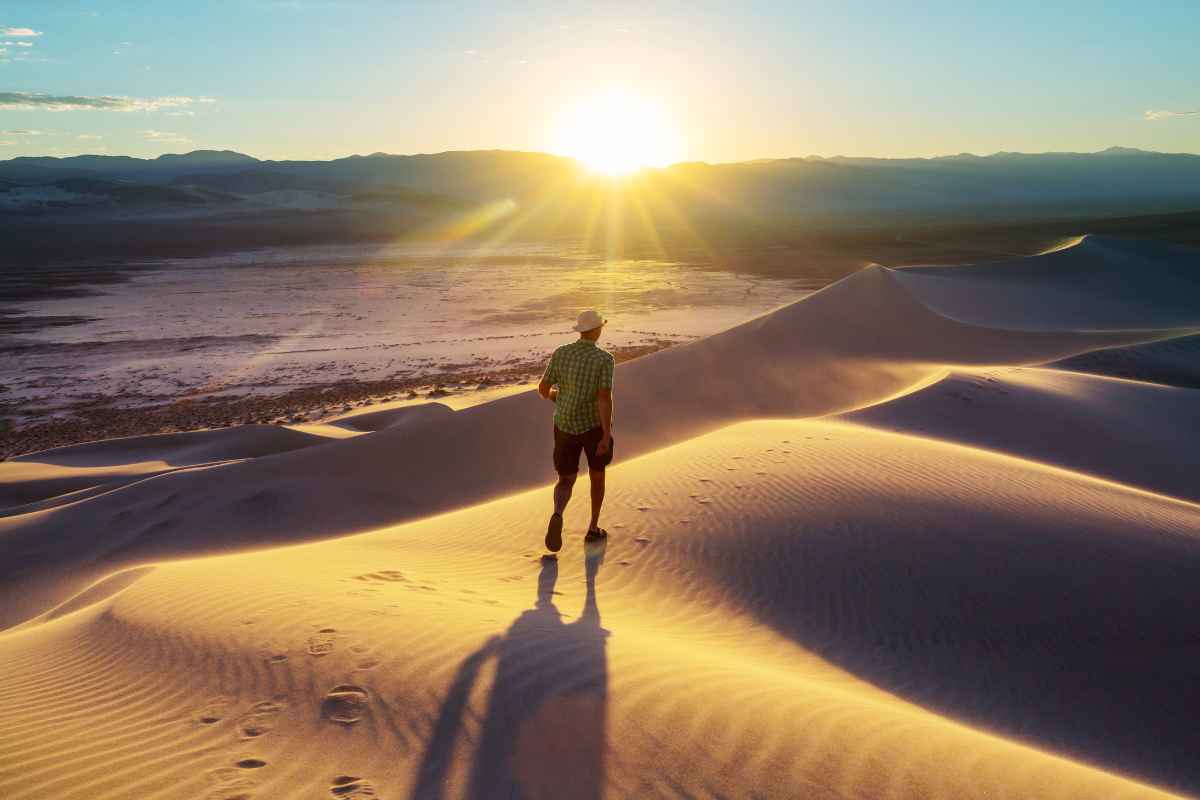
Weather, Wind, and Visibility
A clear morning can turn hazy by afternoon. Dust, heat shimmer, and overcast skies soften edges and make distant features blend together. When visibility drops:
- Shift your plan to closer, chunkier landmarks.
- Tighten your intervals between pauses and panorama checks.
- Move toward handrails you can touch (ridgecrest, wash bank) rather than aiming for remote points.
If wind kicks up on the crest, drop slightly onto the lee side while keeping the skyline in sight.
Night Moves (Only If You’re Prepared)
Navigating by landmarks at night is advanced. If you must, prioritize big, black-on-silver silhouettes—the sawtooth skyline, the broad saddle, or the unmistakable outline of a butte. Avoid counting on star positions unless you’re practiced.
Keep travel short, deliberate, and conservative, and use your backstops aggressively so you cannot overshoot.

Track Your Back-Trail From the Start
Getting out is as important as getting in. On the way in, turn around often and memorize the return view—how the trailhead ridge looks against the distant mesa, where the notch lines up with that cigar-shaped butte.
On the way back, these snapshots become your breadcrumb trail. If you’re unsure, climb a little higher for a better angle rather than committing to a descent you might regret.
Water, Heat, and Distance Reality
Landmark navigation can be deceptively efficient; you’ll cover more ground because you’re not stopping to fiddle with devices. That means you must respect heat and hydration.
Carry extra water, wear a wide-brim hat, and schedule shaded breaks at saddles or behind boulders. In desert terrain, distances look shorter than they are. If a target isn’t getting bigger after a reasonable interval, reassess—don’t push deeper on hope.
Wildlife and Fragile Ground
Ridge zones can host nesting raptors, bighorn routes, and cryptobiotic soil on benches. Step on durable surfaces (rock, gravel) whenever possible.

If you encounter wildlife, give extra space and adjust your line—your landmark plan should allow flexible detours without losing the plot.
When to Stop and Reset
Good navigators know when to pause the forward push. Stop and rebuild your story if:
- The skyline no longer matches your mental panorama
- You cannot see your next handrail within a few minutes’ walk
- Your backstop is unclear or farther than you can reach before dusk
Climb to a micro-high point, align with a dominant landmark, and establish a new attack point. This is not failure; it’s professional recalibration.
Mini Drills to Sharpen Your Eye
You can practice landmark navigation on any easy ridge:

- Walk 5 minutes, stop, and sketch the skyline in words: “Butte peak is a triangle; saddle sits lower right; broad bench left.”
- Pick a two-step story and follow it, then identify three backstops you could use if you veer off.
- Choose a far objective, then box around small obstacles while keeping the objective in the same relative window of your vision.
Repetition makes these habits automatic, so they’re there when you need them.
A Friendly Wrap-Up
You don’t need fancy tools to stay found in the desert—but you do need disciplined observation and a simple plan. Select unmissable landmarks, link them with handrails, protect yourself with backstops, and approach specifics from attack points.
Keep updating your living panorama, respect heat and distance, and memorize your back-trail from the first step. With these habits, desert ridge walks become what they should be: quiet, confident travel through big country, guided by the land itself.
Did you find this post useful or inspiring? Save THIS PIN for later in your Outdoor Board on Pinterest! 😊
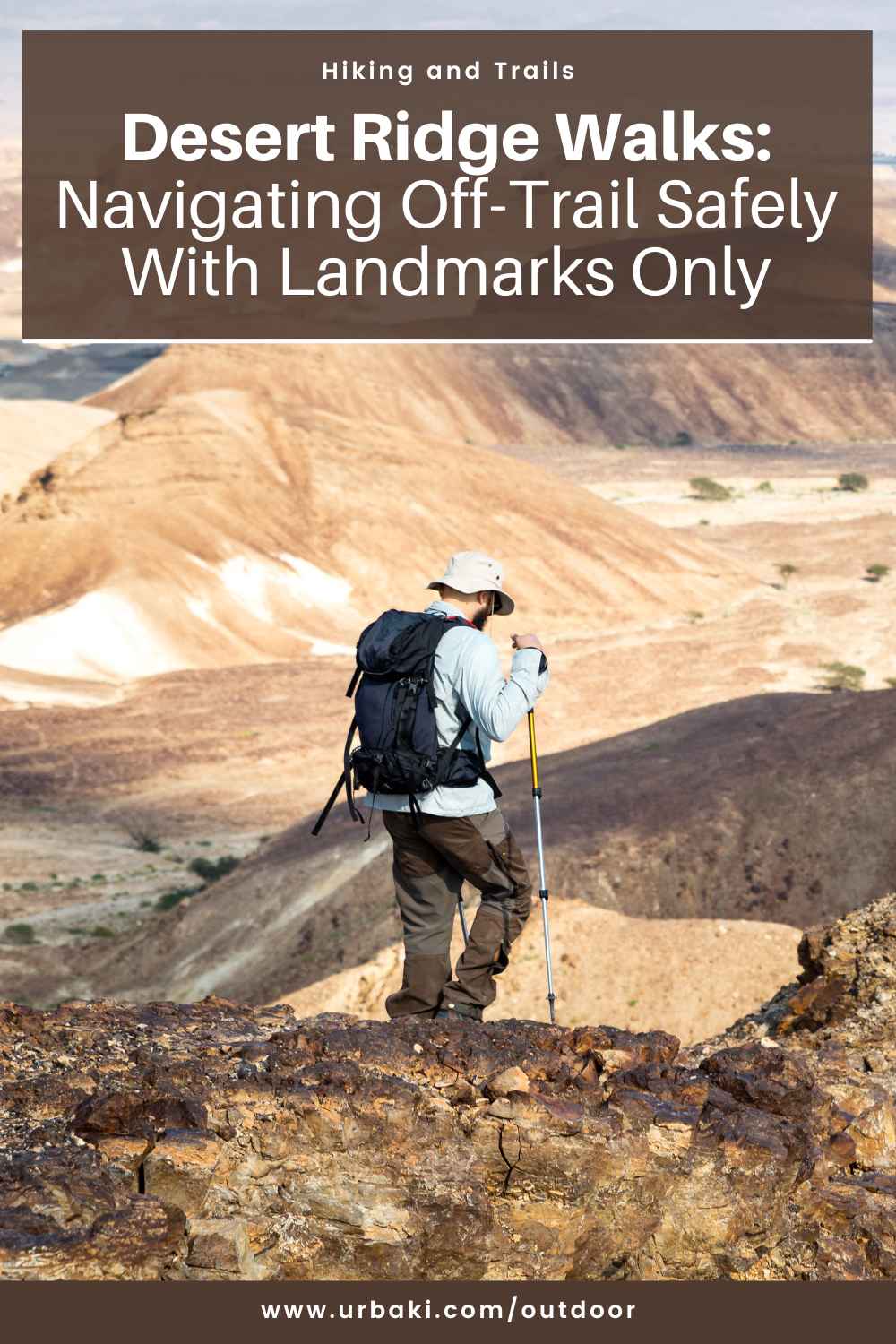


Explore these outdoor tips too